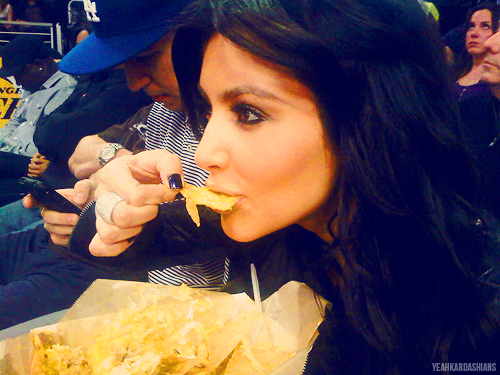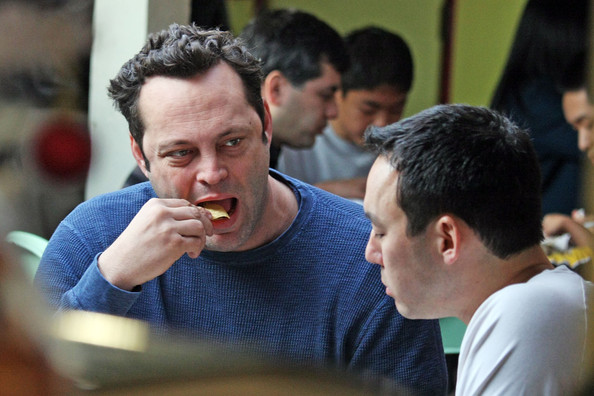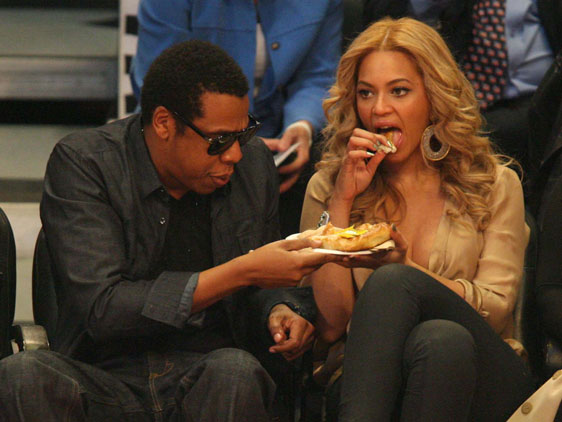Like:
I enjoy afternoons sprawling out on my roof (toasty shingles at my back) while drinking a six pack of beer and reading flash fiction. I’ll bring several books, collections, anthologies. Usually I haul them up in an orange bucket. A bucket is an excellent bookcase, when reading on your roof. As I drink, the pages flutter and unspool along with my synapses. Crackle, caterwhomp, hum. Words and bubbles rising in glass elevators. The mind, the mind’s eye, two dragonflies on the chimney edge, mating. I’ll start with a realist, Kim Chinquee (North America’s Queen of Flash), wander over to the imaginative minimalism of Ana Maria Shua (South America’s Queen of Flash), onto Bruce Holland Rogers’s expressionism, then into stranger territories, Magical Realism (the terrific Amelia Gray), and, finally—clink, fzzzzzz—I’ll crack open the final beer, watch a V of geese overhead as they honk in all their glorious goose-ness, and then the last book of the day (the sun kneeling out like an exhausted llama), all the way sideways, yes into the wonderfully absurd, the madman of flash, Danill Kharms. I likewise enjoy beer while eating nachos, usually Dos Equis in an icy mug the size of my forehead.

Unlike:
Nachos were invented in 1943. They are a contemporary genre. Many flashcists (denigrators of the flash genre)—in a reductive attempt to link the genre’s sensibilities with the ephemeral ether of the Internet—claim flash fiction is also contemporary. They attempt to minimize the genre to bits of media, basically dash-offs and lollygags for our “modern attention span” These critics know not of what they speak. They are jackals chasing their own tails in miserable circles. They smell like scabby knees or lower math. They are wrong. Flash fiction is a proud and venerable genre, eons old. Fables, folklore, parables, mythology, all flash fiction. From Nubian creation myths (6000 B.C.) to Chinese Pangu (350 B.C.), to the wellspring of more modern authors (though still hundreds of years old), miniature stories have always been essential to human life and art.
Like:
Flash fiction can be consumed as an appetizer or a meal. Same with nachos.
Unlike:
Nachos go from hand to mouth to stomach. Flash, by its very essence, goes much further, off the page. All of the glorious white space that surrounds a flash—everything that isn’t shown, paradoxically leading to an even further telling. The writer brings technique, all of the tools to create a breathing genre, a living thing. The reader has to arrive! To flesh out the context, to meet the writer, to shake hands and bang heads. To create together. Flash is collaborative, like all of the finest imaginative endeavors.

Like:
Though invented in Mexico, nachos are international. Irish nachos are a ponderous dish based upon potato wedges. Italian nachos utilize mozzarella cheese and banana peppers. Greek nachos are best eaten alongside the sea (or at least in the bathtub) and consist of pita, hummus, and feta. Japanese nachos (Machi Cure), a light and delicate treat, use juniper berries and tuna. American ballpark nachos are a combination of tortilla chips and Ricos, a cheese product that resembles a polymer used in the construction of lava lamps. Flash fiction is also international. Nobel Laureate Yasunari Kawabata felt the essence of his life’s work was contained in his flash collection, Palm-of-the-Hand Stories. The French are prolific, both in the prose poem, the flash, and the hybrid. See Paris Spleen by Baudelaire. See Ponge or Jacobs. See Bertrand. From Italy, I suggest Calvino. From Austria, Peter Altenberg (a man who wore flip flops all winter). From Russia, many choices, but I suggest Before Sunrise, by Zoschenko. The Pearl Jacket and Other Stories is a good place to start for contemporary Chinese flash fiction. Oh, and the Latin Americans. Mexico to Chile, I wish you luck. Why? Because the Latin Americans adore flash fiction. They call them microficciones. From Shua to Cortázar to Gracián to Dario to Bolaño to Arreola to Monterrosso to Gabriel José de la Concordia García Márquez (hell of a name) to Borges (his powerful shadow cast over everything), you could be reading Latin American flash authors for the rest of your life. Which wouldn’t be a bad thing.
Unlike:
Celebrities rarely read anything, much less flash fiction. (A notable exception is actor/scholar/ writer/scholar/actor/scholar/director/scholar/scholar/artist/scholar James Franco, who will read and write anything [and he’ll be sure to tell you about it, probably in an over earnest poem] ). Celebrities can’t get enough of nachos. They eat nachos. They sleep with nachos. They are nachos.

Like:
To make nachos you usually need a knife. To make flash fiction, you usually need a knife. It’s the DELETE key.
Unlike:
One time, during dinner, this young lady ran off with my heart and my Camry and I dropped her plate of homemade nachos (cold, uneaten) on the floor and drank two bottles of red wine and everything (I do mean everything) shattered and I stumbled outside (the wind raw, like an onion or a tax audit) and shook my fist angrily at the moon and screamed out an unraveling stream of spittle and obscenities and later woke up completely naked on the kitchen floor. This hasn’t happened in my life with flash fiction. Yet.
Like:
There is no limit on the ways to make nachos. I should know. I personally have made over 414 different varieties. Same for flash. Real to surreal, lyrical to narrative, traditional to experimental, any form, any style, any technique, mode, method, way. Flash fiction is as endless and unique as art itself.
Unlike:
A fully realized flash fiction takes inspiration, intellect, execution, and meticulous care in revision. You can make a decent plate of nachos while drunk.

Like:
Obsession. I once ate nachos for 141 day straight. I just had nachos (spicy crawfish over blue tortillas, with a painful dollop of Dave’s sauce) for lunch. My last two books were written in the flash fiction genre. (My upcoming manuscript is flash and is about Velveeta.) I spent last year reading only flash fiction. I teach university classes dedicated to only flash fiction. I have a flash fiction blog. On that blog, I also discuss other things. For example, what I am having for dinner. Usually nachos.

 For the past thirty years my grandfather has kept almost every single issue of Golf Magazine he’s received in the mail. A constant source of vexation for my grandmother, these issues fill the shelves of armoires, stand knee-high in his closet, and serve as a veritable fortress surrounding his TV stand. Every now and again, he’ll take one from a pile and peruse images of Jack Nicklaus captured mid-swing, Arnold Palmer lining up a putt, and advertisements selling everything from Big Bertha drivers to golf gloves. Being the stoic and laconic man that he is, my grandfather’s obsession with golf always made sense to me. It was a game he could play alone; a brief time during the week when all he had to contend with was himself and weather conditions. As far as obsessions go, it’s about as harmless as you can get. We’re not exactly talking Sartre’s mescaline-induced chats with crustaceans here- more like Tarantino’s frequent call back to Fruit Brute cereal, or Hirschfield’s habit of hiding his daughter Nina’s name in most of his drawings. There’s a familiarity there- one that evokes some element of order or existential meaning in its preservation of an artifact- in keeping it close and ever-relevant. And despite her aesthetic objections, I think my grandmother recognizes this as well, because not once has she ever asked him to get rid of them.
For the past thirty years my grandfather has kept almost every single issue of Golf Magazine he’s received in the mail. A constant source of vexation for my grandmother, these issues fill the shelves of armoires, stand knee-high in his closet, and serve as a veritable fortress surrounding his TV stand. Every now and again, he’ll take one from a pile and peruse images of Jack Nicklaus captured mid-swing, Arnold Palmer lining up a putt, and advertisements selling everything from Big Bertha drivers to golf gloves. Being the stoic and laconic man that he is, my grandfather’s obsession with golf always made sense to me. It was a game he could play alone; a brief time during the week when all he had to contend with was himself and weather conditions. As far as obsessions go, it’s about as harmless as you can get. We’re not exactly talking Sartre’s mescaline-induced chats with crustaceans here- more like Tarantino’s frequent call back to Fruit Brute cereal, or Hirschfield’s habit of hiding his daughter Nina’s name in most of his drawings. There’s a familiarity there- one that evokes some element of order or existential meaning in its preservation of an artifact- in keeping it close and ever-relevant. And despite her aesthetic objections, I think my grandmother recognizes this as well, because not once has she ever asked him to get rid of them.


